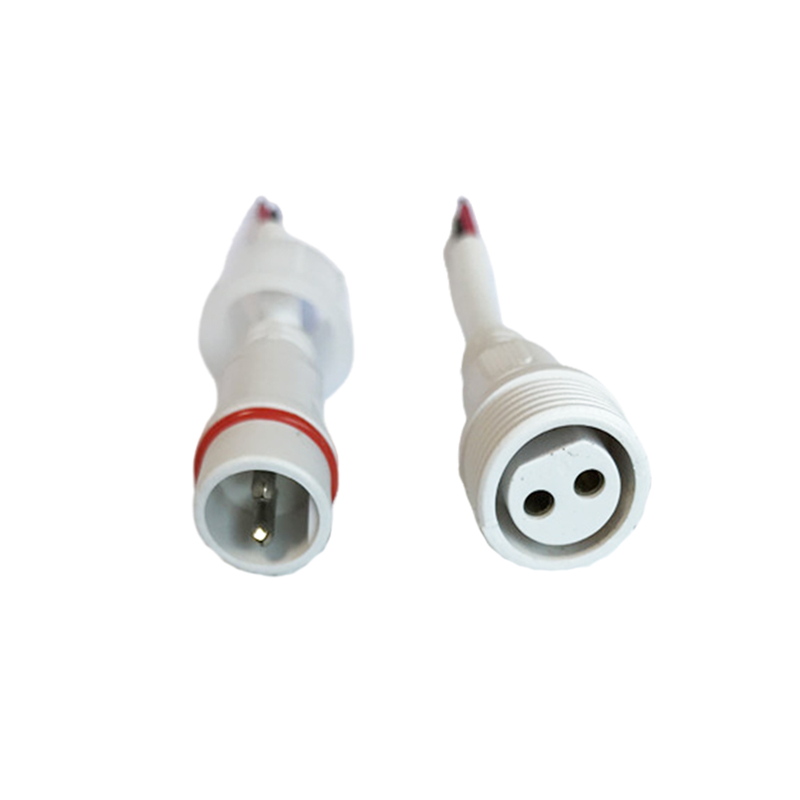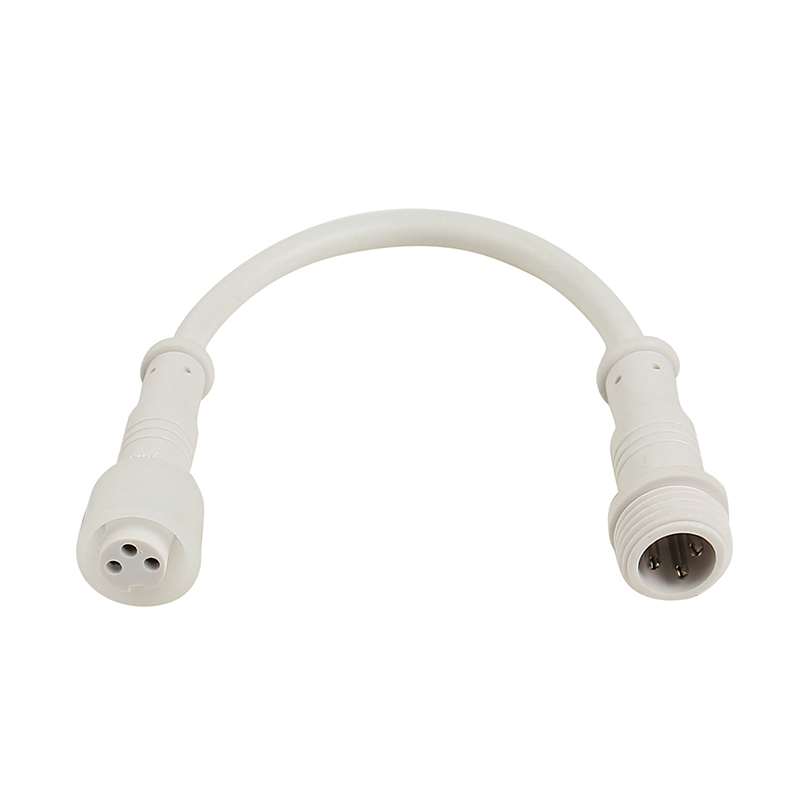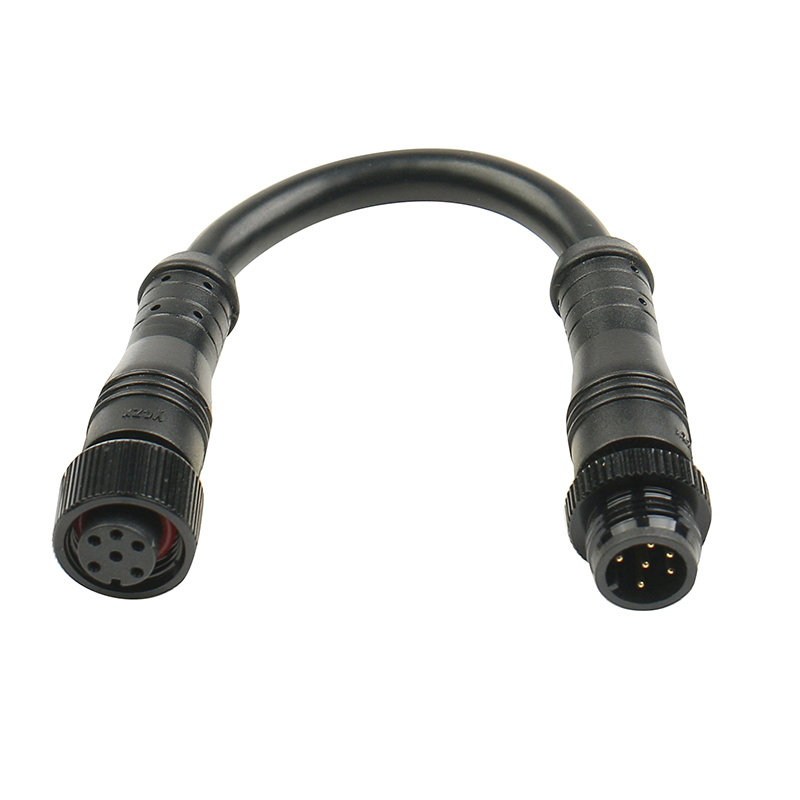News


News

How to Choose the Right Pin Count for Waterproof Low Voltage Cable Connectors
Release time:2025-04-12
viewed:297
Waterproof low voltage cable connectors are essential for ensuring reliable power and signal transmission in environments exposed to moisture, dust, and harsh conditions. But with options ranging from 2-pin to 6-pin (and beyond), selecting the right connector can be challenging.

Applications:
Low-voltage LED lighting (e.g., solar garden lights, landscape strips).
DC motor power supply (e.g., 12V/24V water pumps, fans).
Simple sensors (temperature probes, on/off switches).
Advantages:
Cost-effective and easy to install.
Ideal for DIY projects and quick deployments.
Limitations:
Supports only a single power loop—no signal transmission.

Typical Configuration:
Pin 1: Power (+)
Pin 2: Power (–)
Pin 3: Signal line (e.g., PWM dimming, sensor data).
Applications:
Smart home devices (dimmable LEDs, smart outlets).
Automotive electronics (reverse radar, ambient lighting control).
Industrial sensors (photoelectric switches, pressure transmitters).
Advantages:
Combines power delivery with basic signal transmission.
Supports feedback control (e.g., fault alerts).

Typical Configuration:
Pins 1–2: Power (+/–).
Pins 3–4: Dual signal lines (e.g., RS-485, CAN bus) or backup circuits.
Applications:
Security cameras (power + video signal).
Communication modules (LoRa, Bluetooth controllers).
Multi-parameter sensors (temperature/humidity probes).
Advantages:
Enables dual-channel signals or redundancy.
Suitable for moderately complex systems.

Typical Configuration:
Dedicated pins for power, multiple signals, ground, and shielding.
Applications:
Industrial automation (PLC control panels, robotic arms).
Medical devices (portable monitors with integrated data/power).
EV charging systems (high-voltage power + communication + grounding).
Advantages:
High integration for mixed signals (power + data + shielding).
Superior EMI resistance with shielded pins.
Limitations:
Bulkier and more expensive.
2–3 pins: Ideal for ≤10A DC systems (e.g., 12V/24V).
4+ pins: Supports higher currents or multi-circuit power.
Digital signals (PWM, I²C): Minimum 3 pins (power + signal).
Analog signals (4–20mA): Requires shielded pins (4+ pins).
IP67/IP68 waterproofing: Choose connectors with silicone O-rings and epoxy potting.
Corrosion resistance: Stainless steel housings or gold-plated contacts for marine/chemical environments.
M8/M12: Industrial standard, common for 4–8 pins.
Mini-Fit/Jr.: Compact 2–4 pin designs for consumer electronics.
Waterproof aviation plugs: 2–3 pins, ideal for outdoor lighting and automotive use.
Q: How many pins do I need for outdoor solar lights?
A: 2 pins (power +/-) suffice. For smart dimming, opt for 3 pins (power + signal).
Q: What’s recommended for a car reverse radar system?
A: Typically 3 pins (power + signal + ground). Add a 4th pin if integrating a camera.
Q: How to prevent poor contact in multi-pin connectors?
A: Use gold-plated contacts, threaded locking mechanisms, and apply conductive grease periodically.
Choosing the right pin count for waterproof low voltage connectors balances functionality, complexity, and cost. Simple power? Go with 2 pins. Signal control? 3–4 pins. Complex systems? 6+ pins. Pair the correct configuration with IP ratings tailored to your environment, and your devices will thrive in rain, dust, or industrial settings.